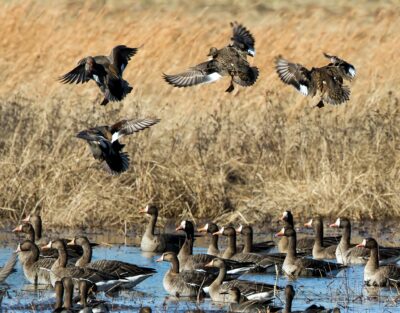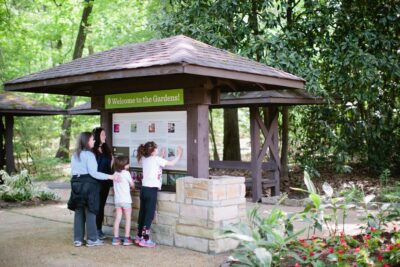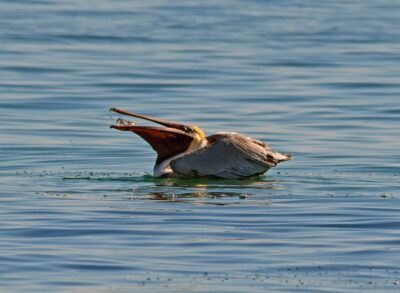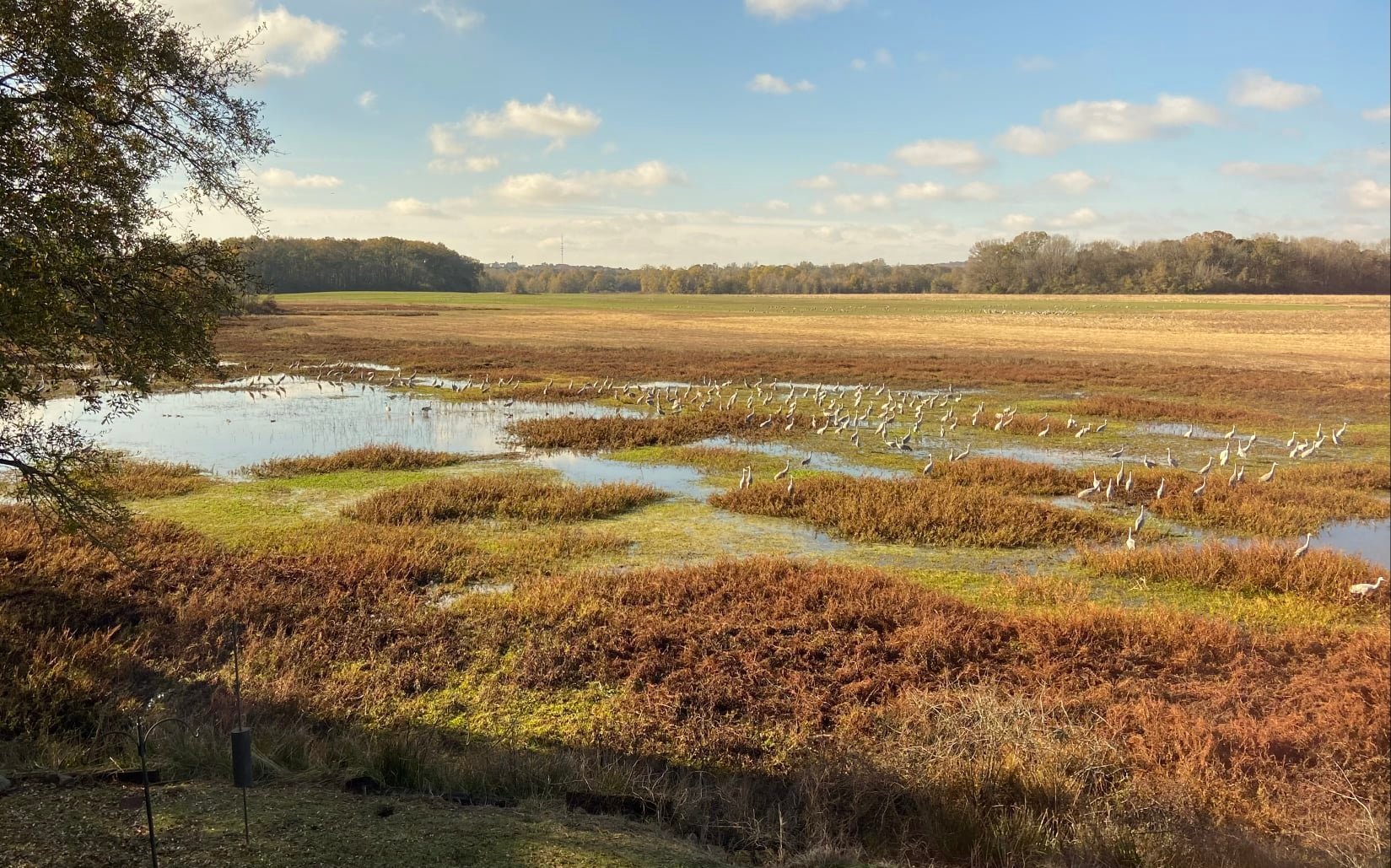The last two years have been filled with an ebb and flow of trends throughout the pandemic. While some have faded, like bread baking and the popularity of Tiger King, others like board games and Zoom have remained. Another of the biggest lasting trends has been an increased interest in birdwatching. Businesses that sell birdfeed and backyard birdfeeders reported a sales increase of between 45 percent and 50 percent. The usage of Audubon, a birdwatching app, also went way up. If you got into birdwatching during the pandemic or are curious to see what it’s all about, Alabama is a great place to start. Here are the best places to go birding in Alabama.
North Alabama

(Wheeler National Wildlife Refuge Complex/Facebook)
Wheeler National Wildlife Refuge
As the gateway to the North Alabama Birding Trail, Wheeler National Wildlife Refuge is a must visit for bird spotting enthusiasts. Be sure to stop by the Visitor’s Center to learn more about the area’s aviary residents through several interpretive exhibits. Feeding locations behind the center attract finches, North Cardinals, Red-bellied Woodpeckers, and more. A short trail leads to an observation building, which is ideal for birdwatchers who want to continue their hobby in winter months but would rather not brave the cold. From the comfort of the building, you can spot the huge population of geese, ducks, and cranes that spend winter at Wheeler.
One of the premier birding areas in northeastern Alabama, Lake Guntersville State Park is well known for its huge variety of birds and gorgeous scenic overlooks. Near the lake, you’ll find a huge population of waterfowl, as well as wading birds like Great Blue Herons and Great Egrets, who like to nest on islands in Guntersville Lake. In the parks’ woodlands, look out for the migration of warblers, tanagers, grosbeaks, and more. And of course, the park is well-known for being home to many Bald Eagles. During winter, you can even attend a special Eagle Awareness Weekend to learn more about our country’s bird.
Central Alabama

(Birmingham Botanical Gardens/Facebook)
Birmingham’s 67-acre gardens in the heart of Mountain Brook proves that you don’t have to go deep into the woods or far from home to experience great birding. In addition to thousands of varieties of plants and 25 separate themed gardens, the BBG is also a hot spot for bird watching nearly year-round. See everything from Yellow-belled Sapsuckers and White-breasted Nuthatches to rare American Woodcocks, Red Crossbills, and Peregrine Falcons. You can also check out small species like Ruby-throated Hummingbirds, Chimney Swifts, and Green Warblers.
At Alabama’s highest point, you can get a bird’s eye view of some of the most interesting breeding birds native to Alabama. Located in the middle of the Talladega National Forest, the dense woodlands of Cheaha State Park are the perfect habitat for nesting and wintering birds. It’s also a common corridor for spring and fall migrant species. Low elevations bring Summer tanagers, Yellow-billed Cuckoos, while you can find Scarlet Tanagers and Black-throated Green Warblers at higher elevations.
South Alabama

(Bon Secour National Wildlife Refuge/Facebook)
Bon Secour National Wildlife Refuge
Consisting of approximately 7,000 acres of coastal lands that include every type of habitat from beach dunes to pine-oak woodlands, Bon Secour National Wildlife Refuge is a playground for birdwatchers. Spring and fall, when neotropical migrants are around, are especially busy seasons for birders. Birds both big and small—from huge ospreys to tiny hummingbirds—make this sanctuary home. In fact, more than 370 species of birds have been documented on the many trails that crisscross the refuge.
Dauphin Island
This barrier beach island off the coast of Alabama in the Gulf of Mexico is one of the most popular locales for birding enthusiasts in the state. With beach, dune, and maritime forest habitats, the area is ideal for a variety of species. At the Dauphin Island Bird Sanctuary, you’ll find 164 acres of maritime pine forest and several miles of trails to explore. As one of the first areas of migrant bird landfall, it’s a treasure trove of bird spotting opportunities. In addition to all species of small birds, you can also spot larger birds like Bald Eagles and Great Horned Owls.




